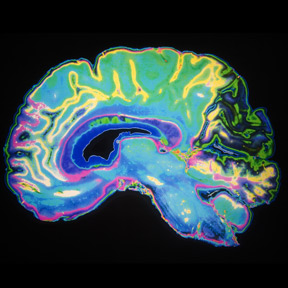Highlights
- •PLA2G2E generates DGLA and 15-HETrE to induce neuronal PADI4 for stroke recovery
- •PADI4 is necessary for recovery-associated gene expression in peri-infarct neurons
- •15-HETrE administration promotes stroke recovery and neuronal PADI4 expression
Summary
The brain is generally resistant to regeneration after damage. The cerebral endogenous mechanisms triggering brain self-recovery have remained unclarified to date. We here discovered that the secreted phospholipase PLA2G2E from peri-infarct neurons generated dihomo-γ-linolenic acid (DGLA) as necessary for triggering brain-autonomous neural repair after ischemic brain injury. Pla2g2e deficiency diminished the expression of peptidyl arginine deiminase 4 (Padi4), a global transcriptional regulator in peri-infarct neurons. Single-cell RNA sequencing (scRNA-seq) and epigenetic analysis demonstrated that neuronal PADI4 had the potential for the transcriptional activation of genes associated with recovery processes after ischemic stroke through histone citrullination. Among various DGLA metabolites, we identified 15-hydroxy-eicosatrienoic acid (15-HETrE) as the cerebral metabolite that induced PADI4 in peri-infarct-surviving neurons. Administration of 15-HETrE enhanced functional recovery after ischemic stroke. Thus, our research clarifies the promising potential of brain-autonomous neural repair triggered by the specialized lipids that initiate self-recovery processes after brain injury.







